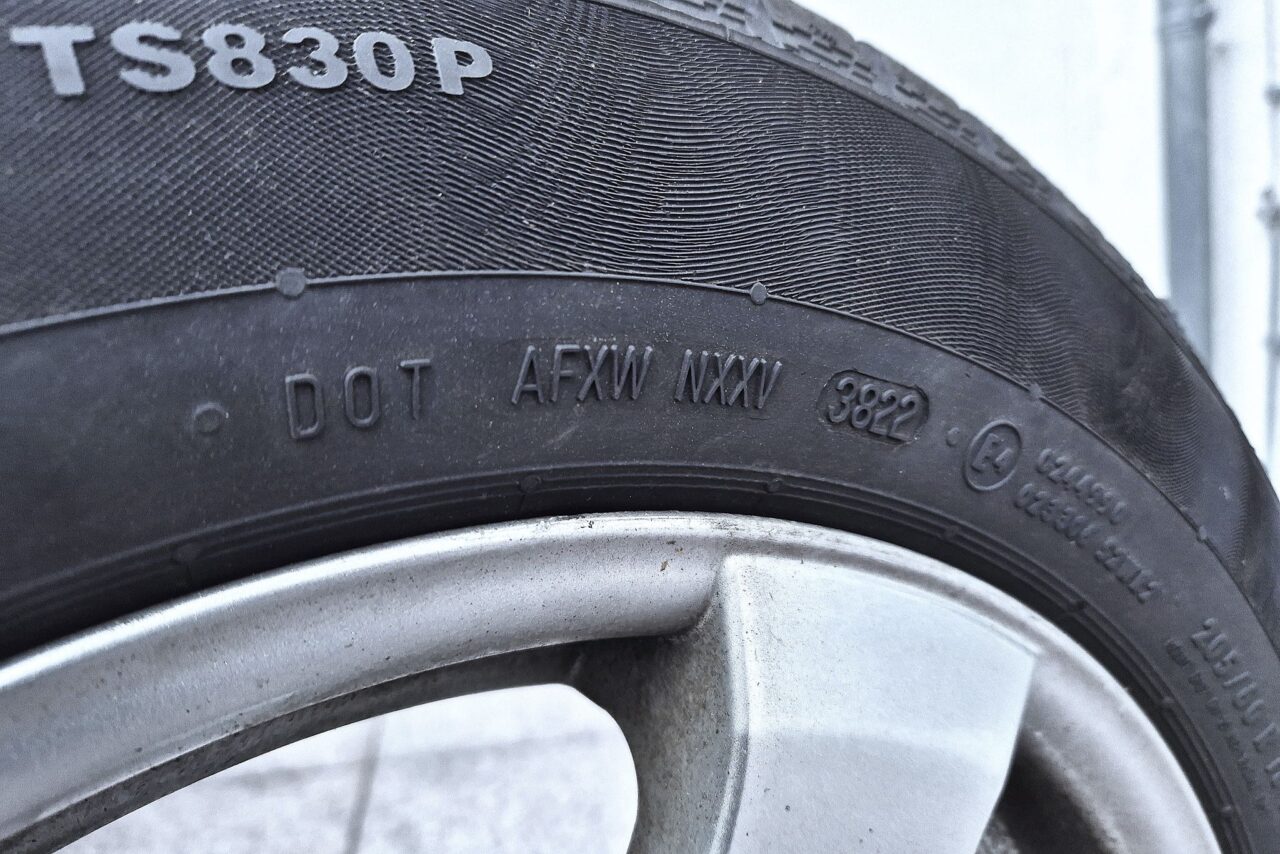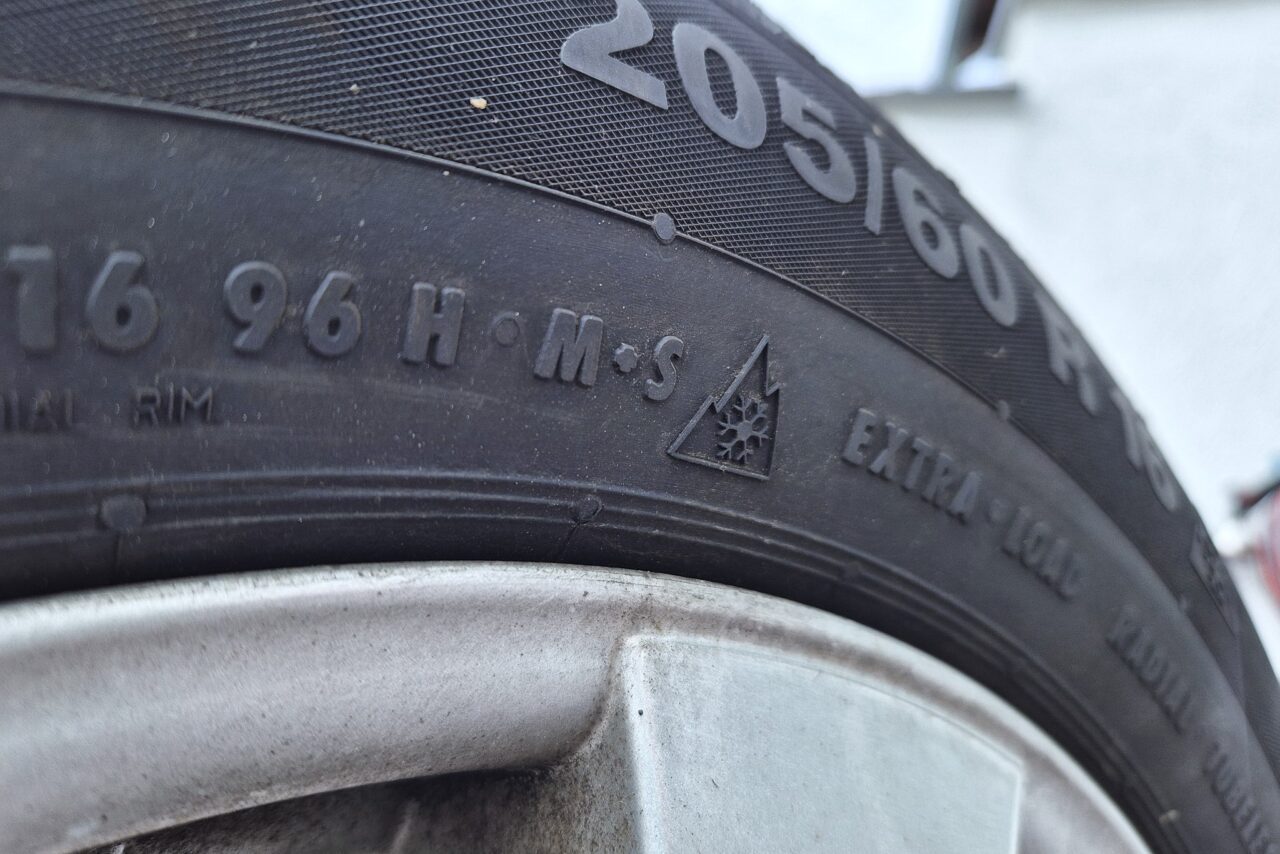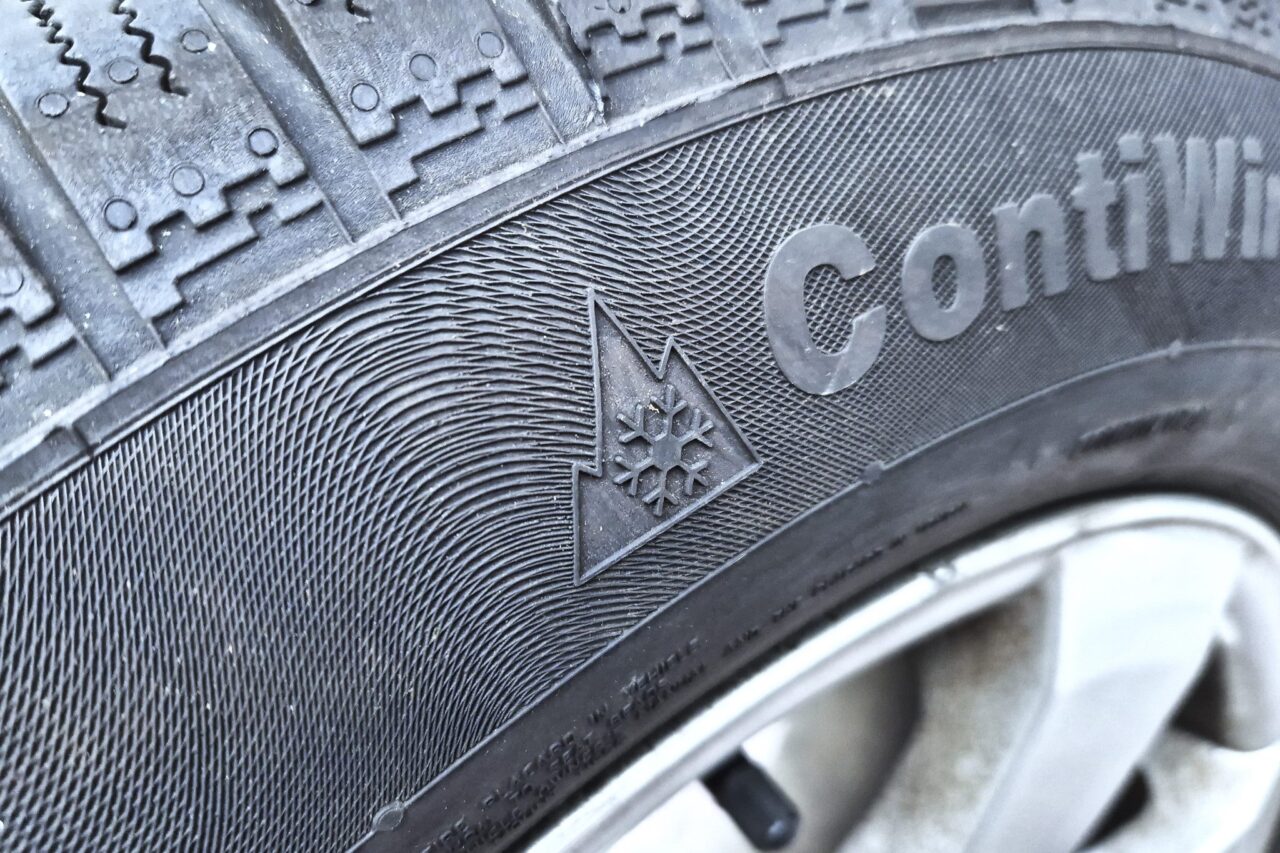With the onset of the cold season, drivers and campers in Germany are faced with a decisive change: the winter tire requirement has been tightened, and only tires with the so-called Alpine symbol are permitted for use in winter road conditions.
This symbol, which shows a stylized mountain peak with a snowflake, is now the only symbol for legally recognized winter roadworthiness on German roads.
Inhaltsverzeichnis
Details of the regulation
The situational winter tire requirement states that vehicles must be equipped with suitable tires in weather conditions such as black ice, slippery snow, slush, ice or frost.
The driver of a motor vehicle may only drive it on black ice, slippery snow, slush, black ice or slippery frost if all wheels are fitted with tires that meet the requirements of Section 36 (4) of the Road Traffic Licensing Regulations, without prejudice to the general requirements for tires.
§ Section 2 (3a) sentence 1 StVO
Until now, tires that were produced before 2017 and bear the M+S marking were sufficient to be recognized as suitable for winter use. But since October 1, 2024, this regulation is passé. From now on, only tires with the Alpine symbol are permitted – a measure that particularly affects owners of older models.
Tires for winter weather conditions are pneumatic tires as defined in paragraph 2, […] marked with the Alpine symbol (mountain pictogram with snowflake) […].
§ 36 Paragraph 4 No. 2 StVZO
Risks and penalties
For many campers, the new legislation requires action. Anyone who fails to replace their non-approved tires in good time and is caught will face severe penalties. A fine of 60 euros or more and points in Flensburg may be imposed if the towing vehicle, caravan or motorhome is fitted with incorrect tires.
This could also restrict insurance cover in the event of accidents, as the insurance may only apply to a limited extent in the event of a violation. Even vehicles with foreign license plates are not exempt from this regulation and must adhere to the requirements.
Technical details and tips
The age of the tires is crucial, as it provides information about their technical features and material composition. Older tires that were manufactured before January 2018 and only bear the M+S label often do not meet the higher safety requirements guaranteed by the Alpine symbol.
The DOT number on the tire sidewall provides information about the production date. The last four digits of this number stand for the production week and the year, for example “3822” means that the tire was manufactured in the 38th week of the year 2022.

It is important that drivers make sure their tires carry the Alpine symbol to meet all legal requirements and ensure optimal performance in winter conditions.
New tire models are usually designed to have both the Alpine symbol and, optionally, the M+S marking, making them even safer for winter use. If you are unsure, you should seek advice from a specialist to make the right choice for your vehicle’s needs.

Winter tires compulsory abroad
The new regulation also affects journeys abroad. In many European countries, the Alpine symbol is recognized as a sign of winter-appropriate tyres. It is therefore advisable to always check the local regulations before driving in neighboring countries to avoid unpleasant surprises.
Conclusion
Drivers should adapt to the new conditions in good time and consider retrofitting if necessary. Not only to avoid fines, but above all to ensure your own safety and that of your passengers.
A timely conversion ensures that you are optimally prepared for all winter road conditions. This takes the fear out of winter driving and guarantees safety.
Image material: © Justyna Glatzer

